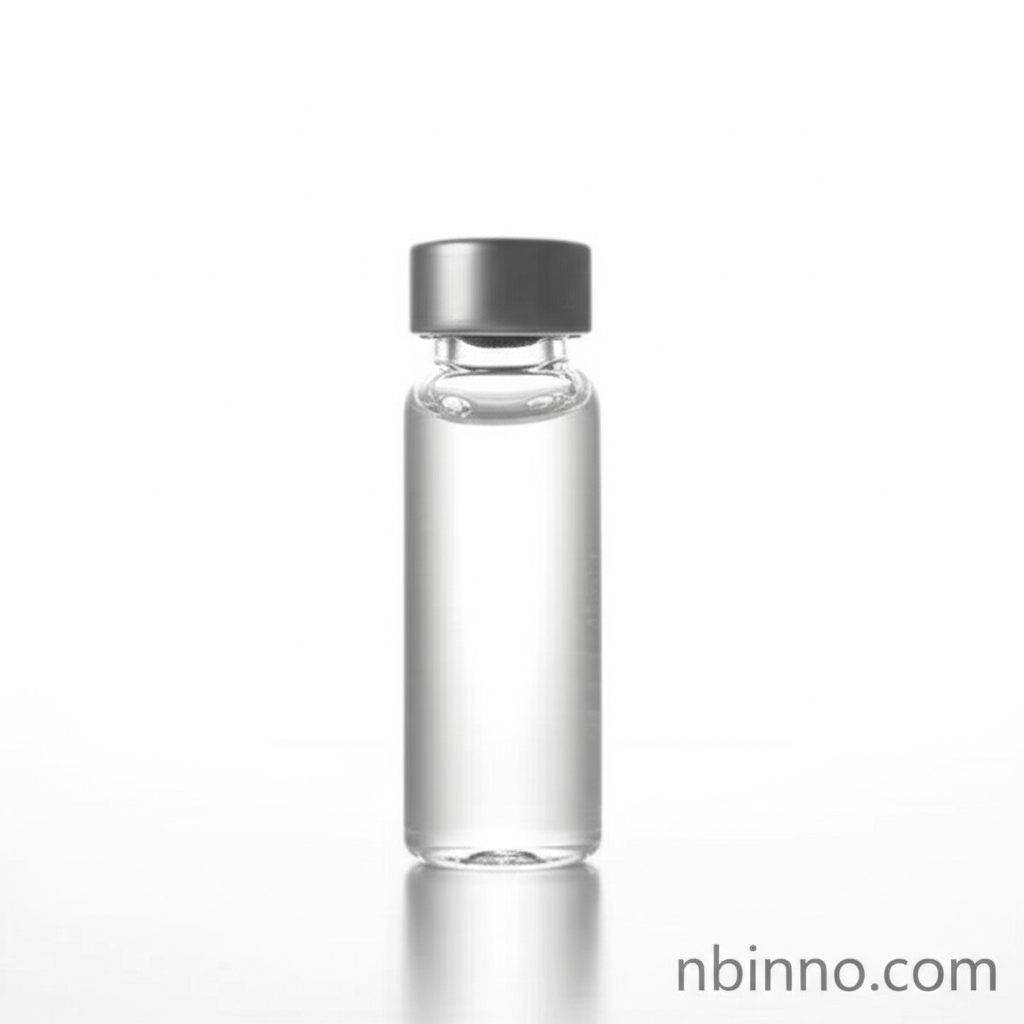(R)-(+)-2,2-Dimethyl-1,3-dioxolane-4-carboxaldehyde: A Versatile Fine Chemical Intermediate for Synthesis
Discover the critical role of this chiral aldehyde in advancing your chemical synthesis projects.
Get a Quote & SampleProduct Core Value

(R)-(+)-2,2-Dimethyl-1,3-dioxolane-4-carboxaldehyde
This chiral aldehyde, identified by CAS 15186-48-8, serves as a fundamental building block in complex organic synthesis. Its precise structure and purity make it invaluable for creating advanced molecules in pharmaceutical research and the development of fine chemicals.
- Explore the diverse (R)-2,2-Dimethyl-1,3-dioxolane-4-carboxaldehyde applications in creating novel compounds.
- Leverage the properties of CAS 15186-48-8 chemical intermediate for precise synthetic routes.
- Understand the importance of chiral aldehyde synthesis for enantiomerically pure products.
- Utilize this fine chemical synthesis intermediate to streamline your research and development processes.
Advantages Offered by This Product
Enhanced Synthetic Control
The chiral nature of this compound allows for greater control in stereoselective reactions, crucial for producing specific isomers in organic synthesis.
Versatile Reactivity
As a key fine chemical intermediate, it participates in a wide array of chemical transformations, facilitating complex molecular constructions.
Purity and Consistency
Sourced with high purity, it ensures reliable and reproducible results, essential for both academic research and industrial production of pharmaceutical intermediates.
Key Applications
Pharmaceutical Synthesis
Integral to the synthesis of various pharmaceutical compounds, contributing to the development of new therapeutic agents by acting as a crucial pharmaceutical intermediates.
Fine Chemical Manufacturing
A valuable component in the production of specialty chemicals, enabling the creation of high-value products for diverse industries through precise fine chemical synthesis pathways.
Chiral Chemistry Research
Essential for researchers exploring stereochemistry and asymmetric synthesis, furthering the understanding and application of chiral aldehyde synthesis.
Materials Science
Its unique structure lends itself to applications in materials science, particularly in the development of novel polymers and functional materials.
